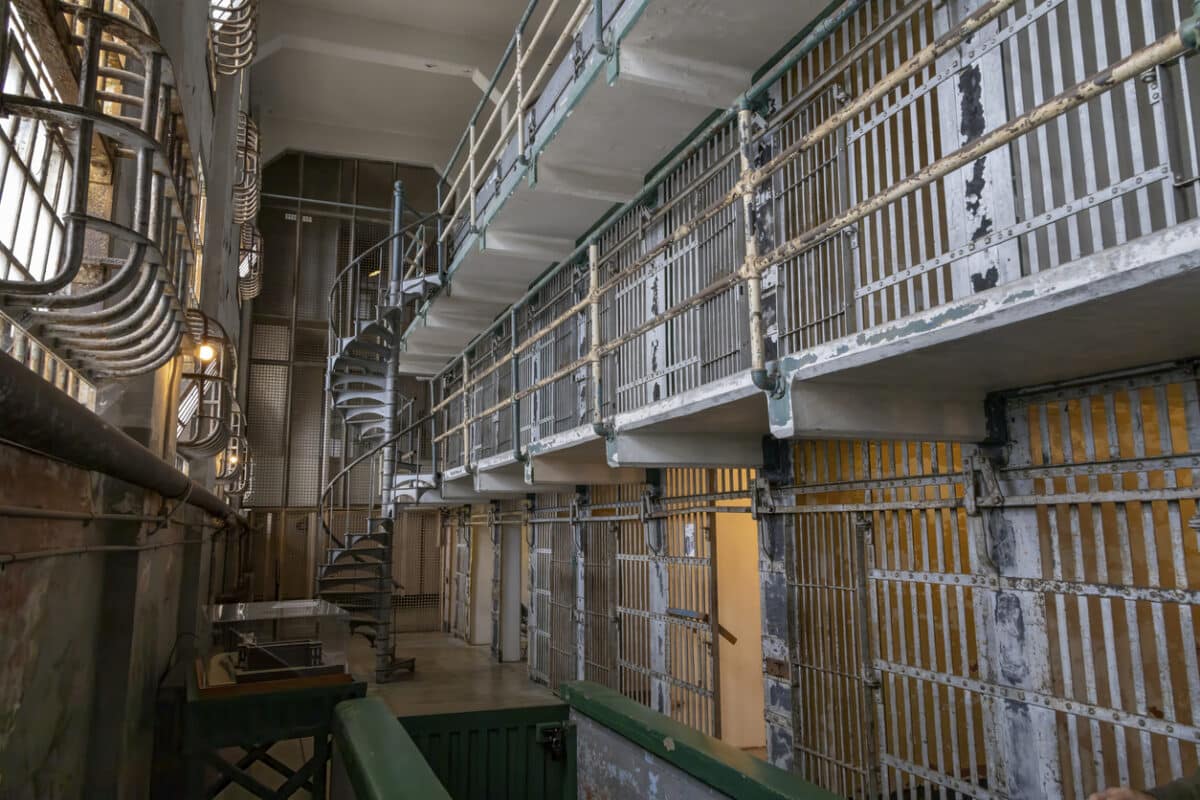How Many More Reasons Will the BOP Find to Lock People Down?
One of PERA’s priority most concerning advocacy topics is the abuse of restrictive housing. I have written on this subject extensively and it has been the focus of Congress and the DOJ’s Inspector General for decades. Yet there has been little if any changes in the BOP’s restrictive custody practices. In fact, SHUs that are filled to capacity are now being cited as excuses for modified lockdowns across the system – often paired with commissary restrictions for everyone in the entire unit,
The growth in lockdowns
Lockdowns, for any reason, were not always endemic in the BOP. In 2012, there were 159,501 prisoners and 32,735 staff across the agency; lockdowns were imposed infrequently, mostly due to institutional emergencies. There was also a conscious effort to resume normal facility operations as soon as possible. Today, the BOP website states that there are 154,853 prisoners and 35,577staff on board – fewer inmates and more employees than in 2012. Yet lockdowns have become almost the norm. Why?
In part, it is due to fewer correctional officers. But mostly, it is a leadership issue, in combination with no centralized policy or reporting requirements, particularly for modified lockdowns (partial days). Thus, the practice of augmentation (in which non-custodial staff occupy correctional posts to maintain operations) has become common, resulting in less access to rehabilitation programs and fewer opportunities for family visits. That impacts re-entry and, more broadly, institutional security
The lockdown-SHU connection
Now, in addition to “short staff,” we are increasingly hearing a new reason for lockdowns at the unit level: a full SHU. If staff wants to send someone to the SHU but they cannot be transferred due to “no room at the inn,” the individual’s entire unit is locked down. The question should be asked, why is the SHU full, and so frequently? And why aren’t alternatives to lockdowns considered? The negative consequences of prolonged Isolation have been well documented in numerous audits and congressional hearings over the past few decades. Yet in its latest report on the BOP’s use of the SHU, the GAO reported that SHU placements have increased since 2016 (when the agency’s previous report on the subject was issued), with approximately 8% of all of its prisoners – 12,000 individuals – now confined there. The GAO went on to say that many of the recommendations it had made in 2014 and 2016 have not been implemented. This failure is due, in part, the report said, to the BOP’s failure to assign responsibility to appropriate officials. Now, that is a simple failure of leadership.
This situation reminds me of a BOP practice in the mid-2000s when the leadership attempted to deter inmates from “checking in” (for protective custody) by mandating clean conduct in the SHU before transferring the person to a new prison. When someone was cited with even a minor infraction, the clock for the transfer started over again. As a result, it was common to for prisoners to live in the SHU for nearly a year. This practice was soon stopped, most likely due to legal challenges.
The SHU was never intended as a long-term housing arrangement. Yet, we regularly hear of people languishing in the SHU for many months, sometimes for over a year, without even being charged with a violation of the code of conduct. Consider the case of Robert Aguon: He was confined to the SHU at FCI Hazelton in West Virginia for nearly two years while he was allegedly under investigation – not for any wrongdoing he committed, but for what staff thought he knew about a contraband smuggling ring. It wasn’t until PERA intervened that Robert was finally released and transferred to another prison. And, despite the fact that no charge was ever brought against him, Robert continued to be harassed at his new prison, with emails often delayed for many days or not delivered at all.
What is so concerning about cases like this one is that prison management, from the warden on down, are supposed to conduct a weekly case-by-case status review of everyone in the SHU. If someone is in the SHU week after week with no charge or other resolution, wardens should be questioning why there have been no developments. I believe that simply requiring that these weekly reviews take place, and be conducted with serious intention, would quickly alleviate crowding in the SHU. Other simple actions that would quickly cut SHU populations include mandating deadlines for investigations, discouraging SHU placement for low and moderate violations, and encouraging participation of the prisoner in the seven- and 30-day reviews.
Abuses of the SHU are endemic within BOP culture and are well known by both Congress and the DOJ’s inspector general for the agency. However, after corrective recommendations are made, there is little accountability. Two, three and more years later, many remain uncompleted.
“SHU malpractice” could be corrected almost overnight with proper leadership. Prolonged isolation negatively impacts mental health, detracts from correctional treatment and makes facilities less safe for all. The time for leadership on this issue has long passed!

